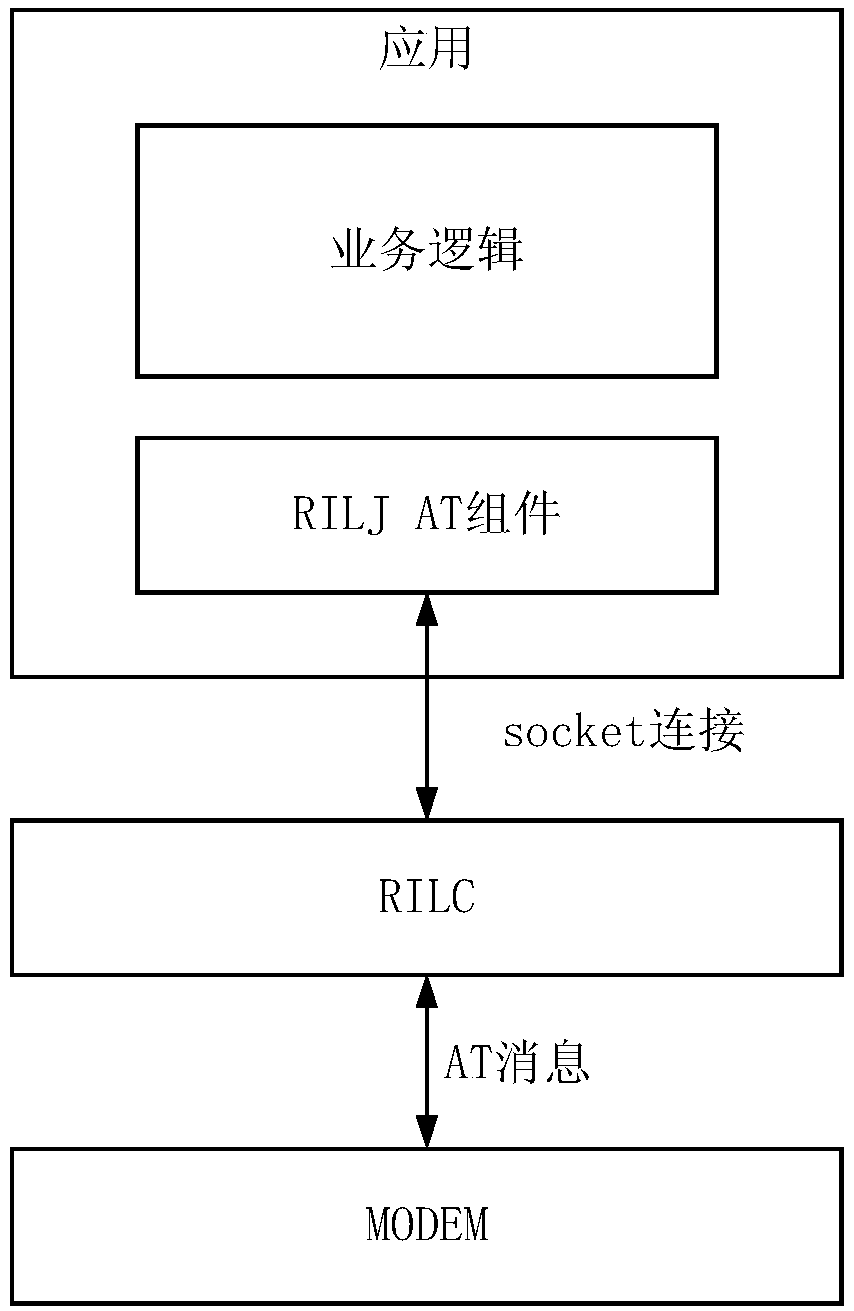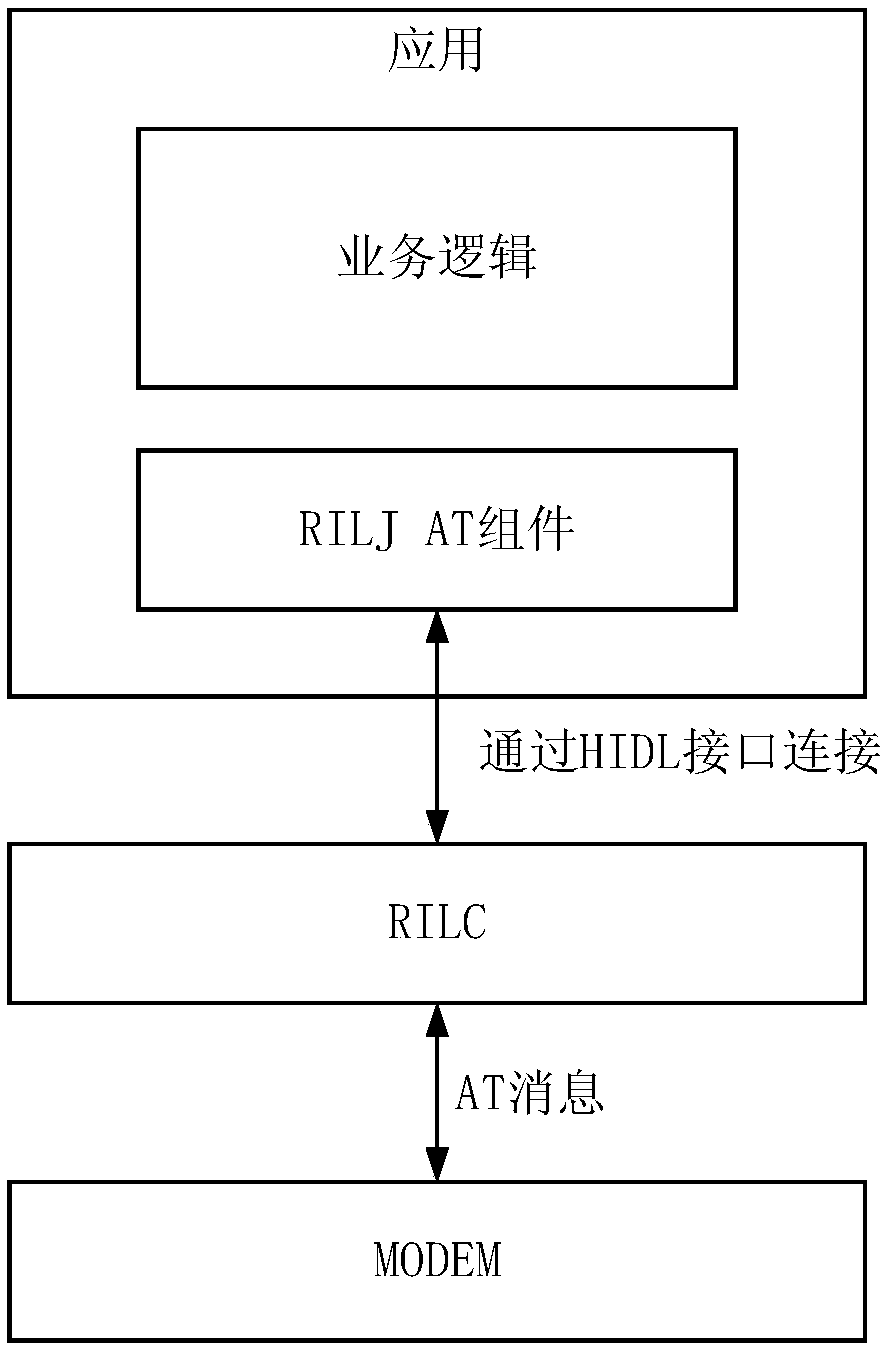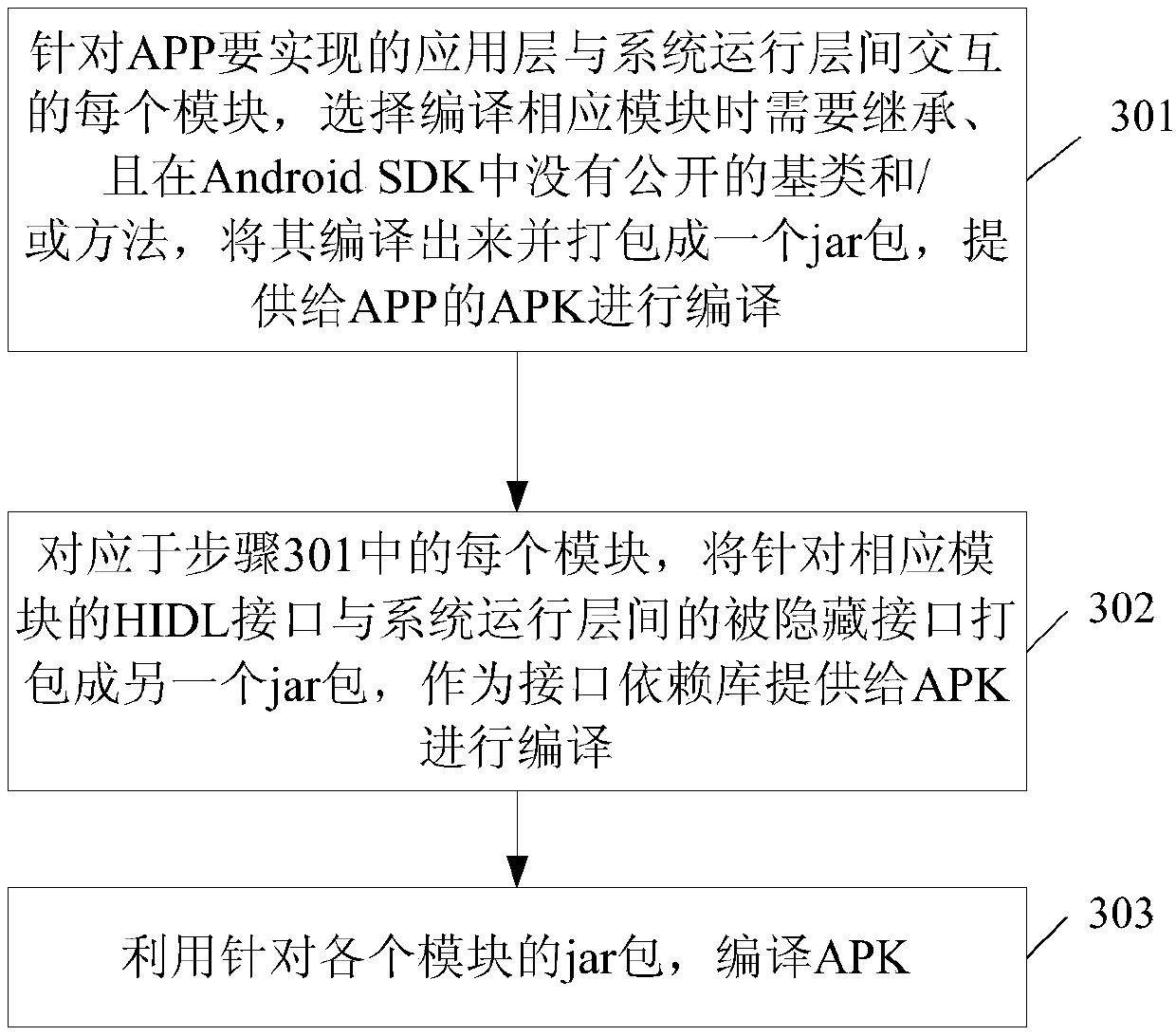Compiling method of Android system application program
A technology of application program and Android system, applied in the field of compilation of Android system application program, can solve problems such as loss of flexibility and inability to realize single warehouse compilation
- Summary
- Abstract
- Description
- Claims
- Application Information
AI Technical Summary
Problems solved by technology
Method used
Image
Examples
Embodiment Construction
[0022] In order to make the purpose, technical means and advantages of the present application clearer, the present application will be further described in detail below in conjunction with the accompanying drawings.
[0023] In the APP of the Android system, in order to realize specific functions, some modules may need to be implemented, and these modules are used to realize the interaction between the application layer and the system operation layer. For this type of module, after the introduction of the HIDL framework, the HIDL interface needs to be used, but the single warehouse compilation cannot be realized according to the existing method. Taking the RIL module as an example, figure 1 and figure 2 It is a schematic diagram of the interaction framework of RIL before and after the introduction of the HIDL framework. The RIL framework includes RILJ and RILC. like figure 1 As shown, before the introduction of the HIDL framework, RILJ and RILC are connected through the ...
PUM
 Login to View More
Login to View More Abstract
Description
Claims
Application Information
 Login to View More
Login to View More - R&D
- Intellectual Property
- Life Sciences
- Materials
- Tech Scout
- Unparalleled Data Quality
- Higher Quality Content
- 60% Fewer Hallucinations
Browse by: Latest US Patents, China's latest patents, Technical Efficacy Thesaurus, Application Domain, Technology Topic, Popular Technical Reports.
© 2025 PatSnap. All rights reserved.Legal|Privacy policy|Modern Slavery Act Transparency Statement|Sitemap|About US| Contact US: help@patsnap.com



